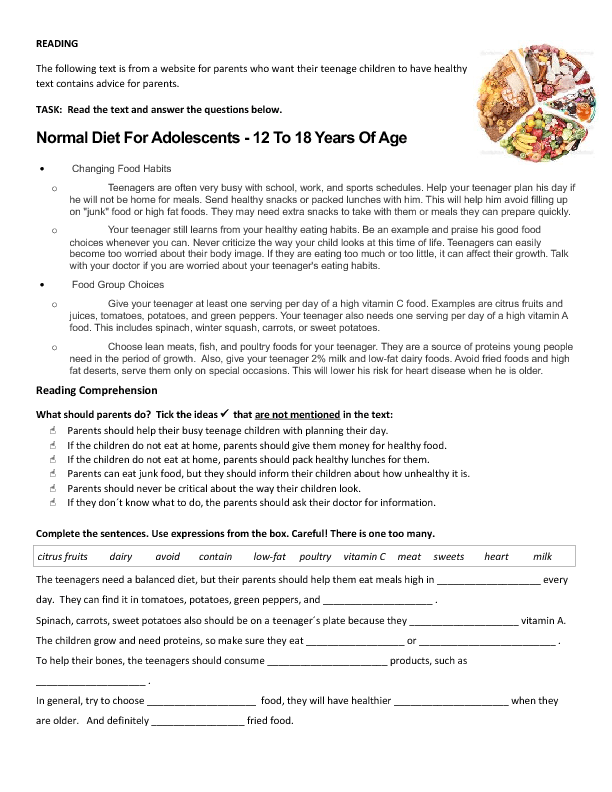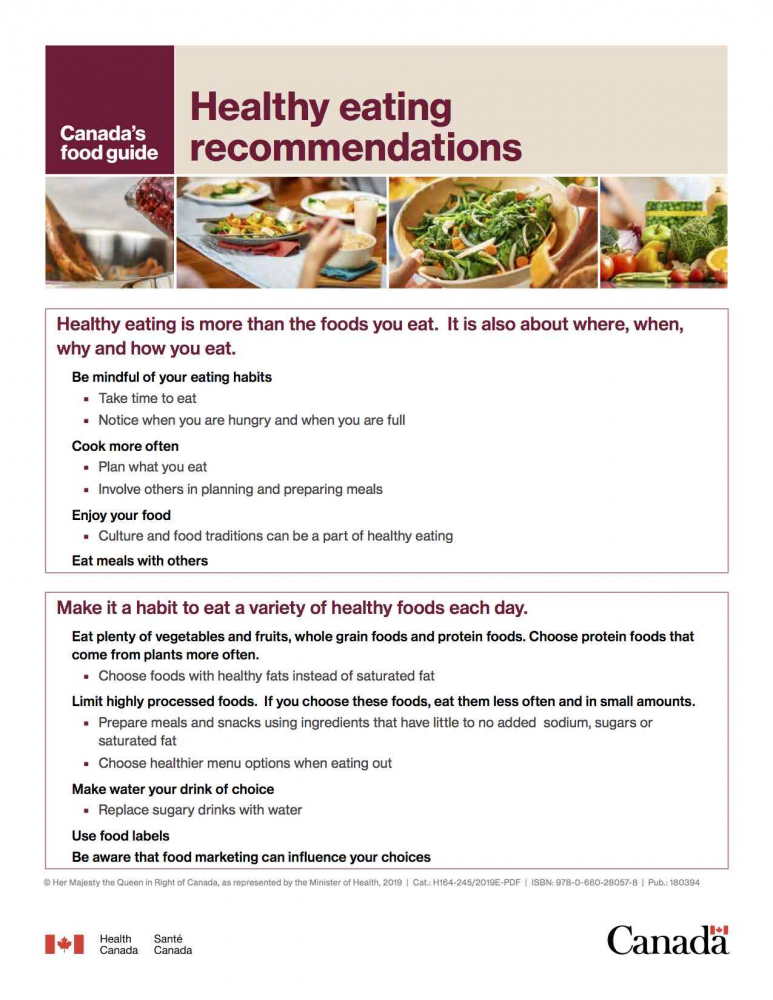
"Men on Film", was the title a series short stories that aired on Fox's In Living Color sketch comedy series. Damon Wayans and David Alan Grier starred as Blaine Edwards (gay cultural critic) and Antoine Merriweather (another star). The series debuted on the premiere episode of In Living Color, and was revived on Saturday Night Live. It is still available for purchase on Amazon.com for $1.99.
A Manology is a group where men can discuss any topic that concerns them. The men's groups are run by both male and female instructors, who facilitate sessions on topics such as feminism, fathers, depression, and breathing exercises. Hatfield came to Vancouver during the first wave in men's works in 1986. She found it aggressively sexist. She found it very helpful and a great resource, despite this.

YouTube channels geared towards men have the problem of focusing on only the sexual aspect of having sex. All the videos concern sexual freedom, and having success in heterosexual relationships. This is problematic as many videos encourage stereotypical male behavior associated with sex. However, there are exceptions. The problem with sex-based YouTube channels is that the content they produce is often about the female body, which is overwhelmingly focused on sex.
The problem with male-centric channels, however, is that they don't address women's issues. Male-oriented channels may be more concerned with sexuality than the women they serve and will promote the notion that men are smarter than women. It is important that the United States focuses on male pleasure and empowerment. Focusing on male pleasure should not be the focus of women. It is possible to do so many things.
The main problem with male-centric channels is that they tend to promote pro-feminist messages. There are many channels that only focus on profeminist causes. Women-oriented channels tend to have more pro-feminist material. According to the authors, a channel that is man-oriented should be focused on men's health. They may also concentrate on men-oriented programming to raise awareness among men.

While most men believe that women should have the same rights and privileges as their male counterparts. Some have raised concerns about how boys are being taught. According to the survey, six-in-ten of these guys are pressured to be emotionally strong, to like sports, and to be physically strong. There are many instances when women feel pressured by their male partners to have multiple relationships. But this is not true. However, men receive the messages of society differently than their male counterparts.
FAQ
What is the working principle of an antibiotic?
Antibiotics kill harmful bacteria. Antibiotics are used for treating bacterial infections. There are many options for antibiotics. Some can be taken orally while others are injected. Others are topically applied.
Many people who have been exposed can be prescribed antibiotics. One example is if someone has had chickenpox and wants to prevent shingles. For those with strep-thorphritis, an injection of penicillin could be administered to prevent them from getting pneumonia.
Doctors should prescribe antibiotics to children. Side effects of antibiotics can be more dangerous for children than for adults.
Diarrhea is the most common side effect from antibiotics. Other side effects that could occur include nausea, vomiting and dizziness. These side effects are usually gone once the treatment is complete.
What causes weight loss as we age?
How do you know if your bodyweight changes?
Weight loss occurs when there is less fat than muscle mass. This means that you must consume more calories than you use daily. Reduced activity is the leading cause of weight gain. Other causes include illness, stress, pregnancy, hormonal imbalances, certain medications, and poor eating habits. When there is more fat than muscles, it's called weight gain. It occurs when people eat more calories than what they use in a given day. The most common causes are overeating, increased activity, hormonal changes, and excessive calories.
Our bodies lose weight mainly because we eat less calories that we burn. By exercising regularly, our metabolism rates increase which in turn burns more calories during the day. This doesn't necessarily mean we will lose weight. What matters is whether we are losing fat or building muscle. If we're burning more calories than we're consuming then we're going to lose weight. However, if we consume more calories than we burn, we end up storing them as extra fat.
As we get older, our movement speed slows down and so we move less. We also tend to eat less food than we did when we were younger. Therefore, we tend to put on weight. On the flipside, we are more muscular than we really need and appear bigger.
If you don't weigh yourself every week, it's impossible to determine how much weight has been lost. There are many methods to measure your weight. You can measure your waist, hips and thighs as well as your arms. Some prefer to use the bathroom scales, others prefer to use tape measures.
For a better track of your progress, try to weigh yourself once per week and measure your waistline once every month. To track your progress, you can also take photos every few months of yourself to see how far it has come.
You can also look up your height, weight and body measurements online to determine how much you weigh. For example, if you're 5'10" tall and weigh 180 pounds, you'd probably weigh 180 pounds.
How can I get enough vitamins?
Most of your daily vitamin requirements can be met by diet alone. Supplements are an option if you are low in any vitamin. Multivitamin supplements can be taken that contain all the vitamins you need. Or you can buy individual vitamins from your local drugstore.
Talk to your doctor if you have concerns about your nutritional intake. For example, dark green leafy vegetables such as spinach, broccoli, kale, collard greens, turnip greens, mustard greens, bok choy, romaine lettuce, arugula, and Swiss chard are rich in vitamins K and E. Other good sources include oranges, tomatoes, strawberries, cantaloupe, carrots, sweet potatoes, pumpkin, and squash.
Ask your doctor for advice if you are unsure how much vitamin to take. Your medical history and current health will help you determine the best dosage.
What can I do to boost my immune system?
The human body is composed of trillions if not billions of cells. These cells collaborate to create organs, tissues and other functions. A cell that dies will be replaced by another. Cells communicate with one another using chemical signals called hormonal hormones. Hormones control all bodily functions, including growth, development, metabolism, immunity and immune system.
Hormones, chemicals that are secreted throughout the body by glands, are chemicals. They circulate through the blood stream and act as messengers to regulate how our bodies function. Some hormones come from the body and others from outside.
Hormone production begins when a hormone-producing gland releases its contents into the bloodstream. Once hormones are released they move through the bloodstream until they reach their intended organ. In some cases, hormones remain active only for a short period of time. Some hormones remain active for longer periods of time and can continue to have an impact on the body's function long after they are gone.
Some hormones can be produced in large amounts. Others are produced in smaller amounts.
Some hormones are made at certain times in our lives. For example, estrogen is made during puberty. Estrogen assists women with breast development, bone density, and osteoporosis prevention. It also promotes hair growth and keeps skin smooth and soft.
Statistics
- WHO recommends consuming less than 5% of total energy intake for additional health benefits. (who.int)
- In both adults and children, the intake of free sugars should be reduced to less than 10% of total energy intake. (who.int)
- The Dietary Guidelines for Americans recommend keeping added sugar intake below 10% of your daily calorie intake, while the World Health Organization recommends slashing added sugars to 5% or less of your daily calories for optimal health (59Trusted (healthline.com)
- According to the 2020 Dietary Guidelines for Americans, a balanced diet high in fruits and vegetables, lean protein, low-fat dairy and whole grains is needed for optimal energy. (mayoclinichealthsystem.org)
External Links
How To
What does the "vitamins” word mean?
Vitamins are organic compounds naturally found in food. Vitamins are necessary for us to absorb nutrients in the foods we consume. Vitamins cannot be made by the body; they must be taken from food.
There are two types: water-soluble and fat-soluble vitamins. Water-soluble vitamins dissolve readily in water. These include vitamin C (thiamine), Vitamin B1 (riboflavin), Vitamin B2 (riboflavin), Vitamin B3 (niacin), Vitamin B6 (pyridoxine), Vitamin C, B1 (thiamine), Vitamin B2 (riboflavin), Vitamin B3 (niacin), and Vitamin B6 (pyridoxine). The liver and fatty tissues are home to fat-soluble vitamins. Some examples include vitamin D and E, K, A and beta carotene.
Vitamins can be classified by their biological activity. There are eight major types of vitamins:
-
A - Essential for healthy growth and health maintenance.
-
C - important for proper nerve function and energy production.
-
D - Essential for healthy teeth and bones.
-
E is needed for good reproduction and vision.
-
K - required for healthy muscles and nerves.
-
P - Vital for strong bones and teeth.
-
Q - Aids in digestion and absorption.
-
R – Required for the formation of red blood vessels.
The recommended daily allowance for vitamins (RDA) varies based on gender, age, and physical conditions. RDA values are set by the U.S. Food and Drug Administration (FDA).
For adults over 19, the RDA for vitaminA is 400 micrograms per daily. However, pregnant women need 600 micrograms per day because it is important for fetal development. Children ages 1-8 require 900 micrograms per day. Infants under one year of age require 700 micrograms per day, but this amount decreases to 500 micrograms per day between 9 months and 12 months of age.
Children between the ages 1--18 years old who are overweight or obese require 800 micrograms per Day, while those who are overweight or obese need 1000 micrograms. To meet their nutritional needs, children underweight and obese require 1200 micrograms a day.
Children between 4 and 8 years old with anemia will need 2200 micrograms daily of vitamin C.
2000 micrograms daily is required for adults over 50 to maintain their general health. Because of their higher nutrient needs, women who are pregnant or nursing need 3000 mg per day.
Adults over 70 require 1500 micrograms each day, since they lose around 10% of their muscle mass every decade.
Women who are pregnant or lactating need more than the RDA. Pregnant woman need 4000 micrograms daily in pregnancy, and 2500 per day after childbirth. Breastfeeding mothers need 5000 mg per day when breastmilk is being produced.